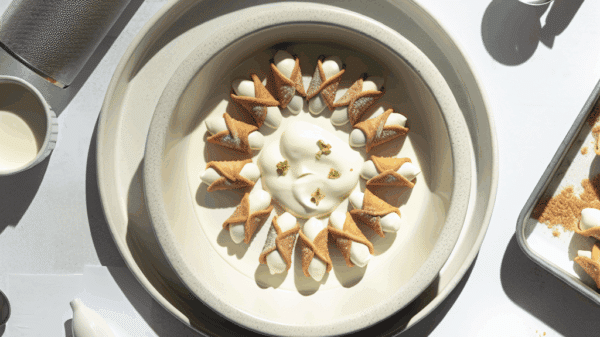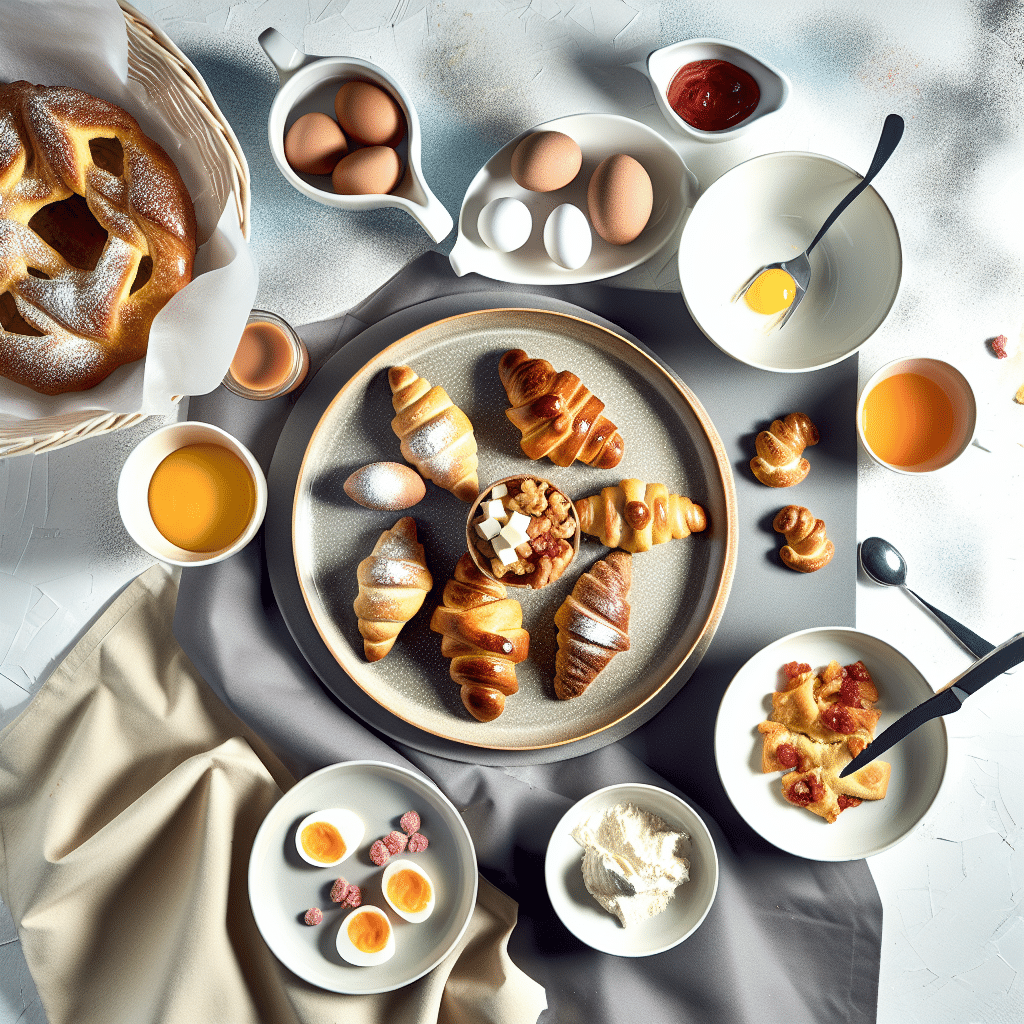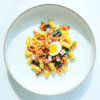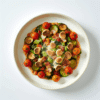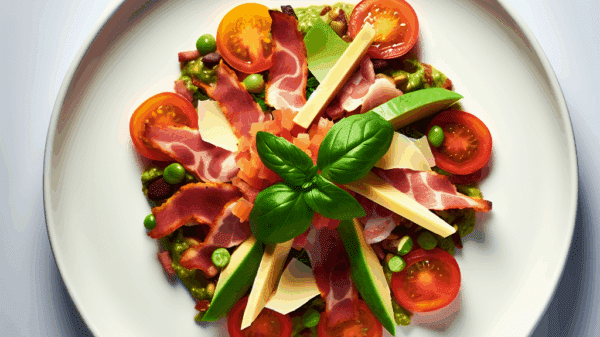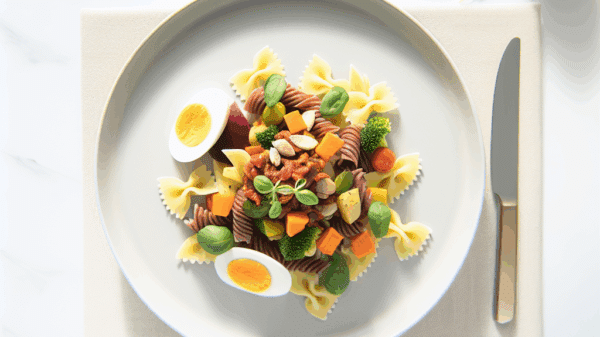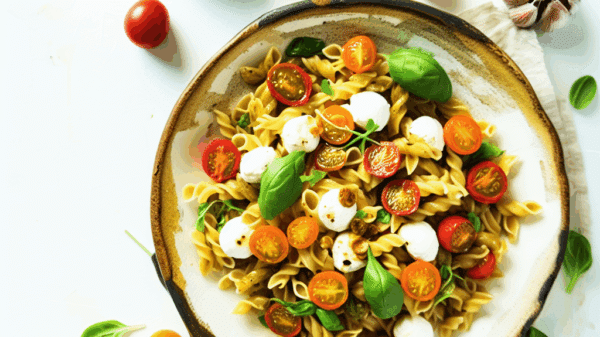Overview
Italian pastries are a delightful expression of the country’s rich culinary heritage, blending the artistry of baking with traditional flavors and textures. Perfect for anyone with a sweet tooth or a love of baked goods, these pastries are often served at the end of a meal, during celebrations, or as a comforting snack with coffee. Most of these treats require moderate preparation but offer an extraordinary reward in taste.
Estimated prep/cook time: 30-60 minutes
Difficulty: Moderate
Regional origin: Varies widely across Italy, including regions like Sicilian, Tuscan, Venetian, and Piemontese.
Ingredients
- 300g (2 ½ cups) all-purpose flour
- 150g (¾ cup) granulated sugar
- 150g (2/3 cup) unsalted butter, softened
- 2 large eggs
- 100ml (⅓ cup + 1 tbsp) milk
- 1 packet (7g) active dry yeast
- 1 tsp vanilla extract
- Pinch of salt
- Powdered sugar, for dusting
Step-by-Step Instructions
- Activate the yeast: In a small bowl, dissolve the yeast in warm milk (around 37°C or 98°F) and let it sit for about 5 minutes until frothy.
- Mix the dough: In a large mixing bowl, combine flour, sugar, and salt. Create a well in the center and add the softened butter, eggs, and the yeast mixture. Mix until just combined.
- Knead the dough: Turn out onto a floured surface and knead for about 8-10 minutes until the dough is smooth and elastic.
- First rise: Form the dough into a ball, place it in an oiled bowl, cover with a damp cloth, and let it rise in a warm place for about 1 hour, or until doubled in size.
- Shape your pastries: After the dough has risen, punch it down, and roll it out to about 0.5cm (1/4 inch) thickness. Cut into desired shapes—like circles or squares—for your pastries.
- Second rise: Place shaped pastries on a parchment-lined baking sheet, cover again, and let them rise for another 30 minutes.
- Bake the pastries: Preheat your oven to 180°C (350°F). Bake for about 15-20 minutes until golden brown.
- Cool and serve: Let them cool slightly before dusting with powdered sugar and serving warm.
Variations & Substitutions
For those with dietary restrictions, consider the following:
- Vegan: Replace eggs with flaxseeds (1 tbsp ground flax + 3 tbsp water per egg) and substitute the butter with a plant-based alternative.
- Gluten-Free: Use a gluten-free all-purpose flour blend in place of regular flour.
- Dairy-Free: Swap milk with almond milk or oat milk and use dairy-free butter.
Flavor variations can include:
- Add lemon or orange zest for a citrus punch.
- Incorporate chocolate chips or nuts into the dough for added texture.
- Drizzle a simple icing made from powdered sugar and lemon juice on top before serving.
Make Ahead, Storage & Reheating
You can prepare the dough a day in advance. Store it in a sealed container in the refrigerator overnight. To store your baked pastries, keep them in an airtight container at room temperature for up to 3 days or freeze for up to 1 month. When reheating, place in a preheated oven at 180°C (350°F) for about 5-10 minutes to restore freshness and crispness.
Nutrition (Approx.)
Per serving (1 pastry):
- Calories: 220
- Protein: 3g
- Fat: 8g
- Carbohydrates: 34g
- Fiber: 1g
- Sugar: 10g
Serving Suggestions
These Italian pastries go wonderfully with:
- A strong espresso or cappuccino.
- A side of fresh fruit for a contrast in flavor.
- A glass of Vin Santo for a more indulgent pairing, especially during dessert.
For kids, consider serving them with a scoop of gelato or alongside some chocolate sauce for dipping!
FAQs
- Can I use active dry yeast instead of fresh yeast? Yes, just make sure to activate it in warm liquid first.
- How can I make these pastries gluten-free? Use a suitable gluten-free flour blend and ensure all other ingredients are gluten-free.
- Can these be frozen? Yes, baked pastries can be frozen; just ensure they are stored airtight.
- How do I prevent the pastries from becoming soggy? Make sure they are cooled completely before storing, and reheat properly to maintain texture.
- What is the best way to serve these pastries? Warm with a dusting of powdered sugar or a drizzle of icing.
Conclusion
Italian pastries are a testament to the rich diversity of flavors and textures that Italy has to offer. From the flaky layers of a sfogliatella to the rich creaminess of a cannoli, each pastry tells a story of its regional origin. Make sure to explore these delightful treats, and don’t hesitate to experiment with variations or serve them in unique ways. Now it’s your turn: Grab your apron and bring a taste of Italy into your kitchen!










